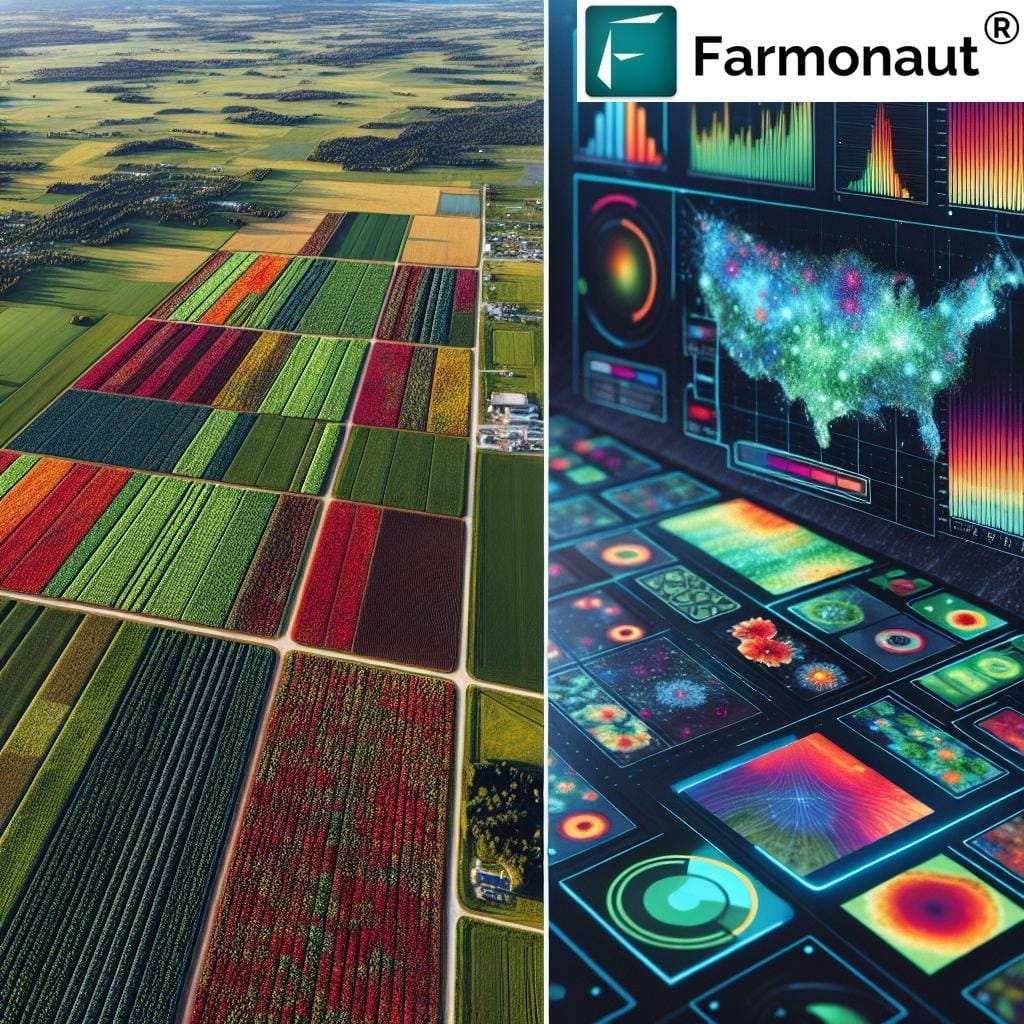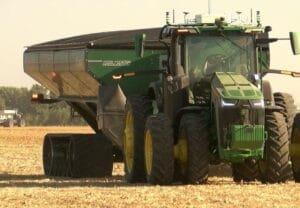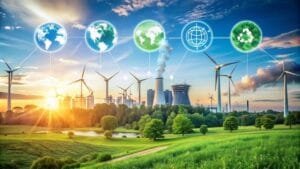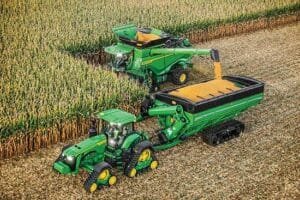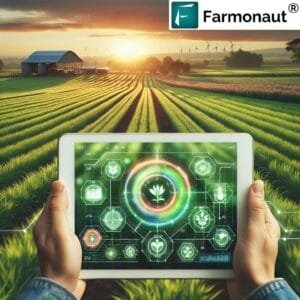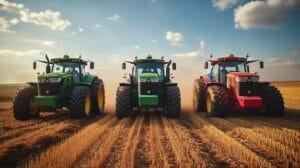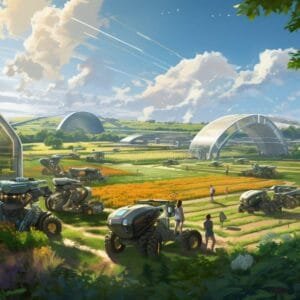The agricultural landscape is undergoing a transformation that extends far beyond autonomous tractors and self-steering combines. While self-driving farm equipment marked the first wave of precision agriculture, today’s technological revolution encompasses a complex network of sensors, artificial intelligence, and data analytics that are reshaping how crops are grown and resources are managed. From soil moisture probes that communicate with irrigation systems to drone-mounted multispectral cameras that detect plant stress before it’s visible to the human eye, modern farming is becoming a complex orchestration of interconnected technologies that promise to maximize yields while minimizing environmental impact. Modern agriculture is undergoing a profound transformation that extends far beyond autonomous tractors and basic GPS guidance systems. Today’s precision farming technologies are creating interconnected ecosystems that combine artificial intelligence, advanced sensors, and data analytics to optimize every aspect of crop production.
Intelligent irrigation systems now utilize soil moisture sensors, weather forecasts, and crop-specific algorithms to deliver precise amounts of water exactly when and where needed. These systems can reduce water consumption by up to 30% while improving crop yields through optimal hydration management.
Drone technology has evolved from simple aerial imaging to sophisticated crop monitoring platforms.Advanced multispectral cameras can detect plant stress before visible signs appear, while AI-powered analysis systems can identify specific diseases, pest infestations, and nutrient deficiencies with remarkable accuracy. This enables farmers to address issues proactively rather than reactively.
Field robots equipped with computer vision and precision spraying systems can identify and treat individual plants,dramatically reducing chemical usage while increasing effectiveness. These robots can work 24/7, collecting valuable data while performing targeted interventions at the plant level.
Digital twin technology is creating virtual representations of entire farming operations, enabling farmers to simulate different scenarios and optimize decision-making.These systems integrate real-time data from multiple sources, including soil sensors, weather stations, and satellite imagery, to provide comprehensive insights into crop development and potential issues.
Predictive analytics are revolutionizing harvest timing and yield forecasting. Machine learning algorithms process past data, current conditions, and market trends to help farmers maximize both crop quality and profit margins. These systems can predict optimal harvest windows with increasing precision, ensuring crops are collected at peak value.
Vertical farming operations are incorporating automation at unprecedented levels, with robots handling everything from seeding to harvest in controlled environments. AI systems monitor and adjust growing conditions continuously, while automated logistics systems manage inventory and distribution.
Blockchain technology is being integrated into precision agriculture to ensure transparency and traceability throughout the food supply chain. Smart contracts automatically execute transactions based on predefined conditions, while distributed ledgers maintain secure records of every farming operation.The integration of 5G networks is enabling real-time communication between various farming systems, creating truly connected agricultural operations. This enhanced connectivity supports split-second decision-making and enables the coordination of multiple autonomous systems working in tandem.
Precision livestock farming is utilizing biometric sensors and AI to monitor individual animal health, behavior, and productivity. Automated feeding systems adjust nutrition based on real-time data, while movement tracking helps optimize grazing patterns and detect health issues early.These technological advances are creating a new paradigm in agriculture where precision, efficiency, and sustainability converge. As these systems continue to evolve and integrate, they’re not just changing how we farm – they’re fundamentally transforming our relationship with food production and land management.


